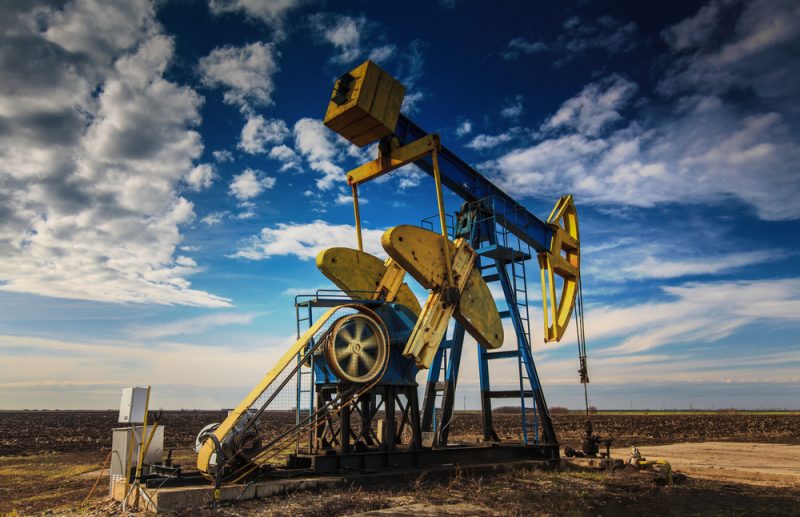Shale gas production in Haynesville region increases to highest level since 2013

Marketed natural gas production in the Haynesville region rose to 6.9 billion cubic feet per day (Bcf/d) in September due to increased drilling activity and well production rates, according to the U.S. Energy Information Administration’s (EIA) Short-Term Energy Outlook (STEO).
Production in the regions has remained near 6.0 Bcf/d for the last three years. From 2009 to 2012, Haynesville produced the most shale gas of any region in the United States. As natural gas prices started to fall in early 2013, the Appalachian region surpassed it. The Eagle Ford region and the Permian region surpassed it in 2015.
Haynesville natural gas reservoirs are farther underground than Appalachian resources. Most Haynesville formations that have producing wells have depths from 10,000 feet to 14,000 feet below sea level. In the Appalachian, these formations measure approximately 2,000 to 12,000 feet below sea level.
Haynesville shale formations are also slightly narrower than Appalachian formation. They range from 100 feet to 350 feet, while in Appalachia, they range from 50 feet to 400 feet.
The Haynesville shale play holds an estimated 174.6 trillion cubic feet of technically recoverable shale gas resources, according to the United States Geological Survey. This is the second highest level in the United States after the Appalachia region.
Per-well production from new wells in Haynesville also increased since 2013. Drilling operators have increased the lateral length of horizontal wells past 7,000 feet, added more fracturing stages and increased the quantity of proppant used in completion activities.
